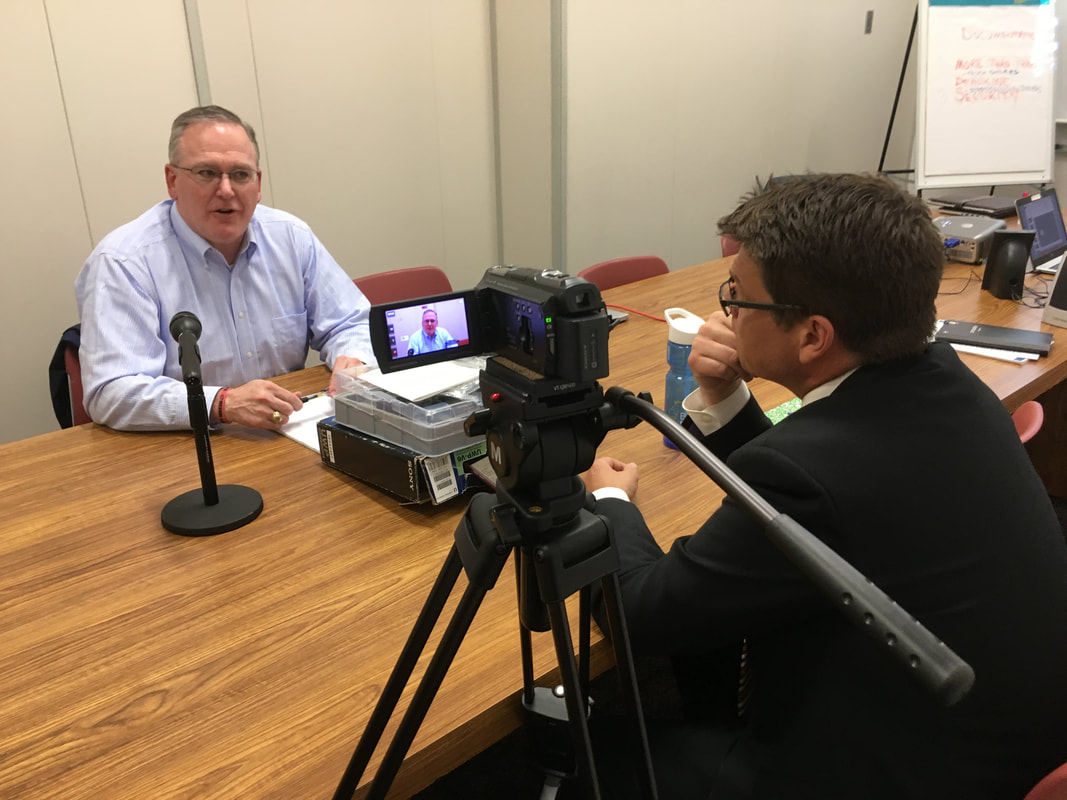 Public relations professionals spend a lot of time asking questions, streamlining stats, and simplifying content to write news releases, blog content, and speeches. But how often do we ever consider our own interviewing skills? How do we know if we’re asking the right questions, getting the full story, and presenting it in the most compelling way? Here are five simple steps and a quick acronym to ensure you are asking questions that C.L.I.C.K. CONNECT Before the interview even begins, try connecting with the interviewee. Engage them in light conversation about their family, their hobbies, or a recent vacation. Keep the conversation effortless and do not force them out of this space by announcing that the interview has begun, the camera has started rolling, or the interviewee needs to straighten up in the chair. Try to keep that easy rapport and build on that connection. Keeping your interviewee engaged, excited, energetic, and RELAXED will prevent stiff, stilted, and overly rehearsed answers. LISTEN This applies long before the interview. From the moment you meet until the time you part ways, LISTEN. For some reason, we have an instinct to rush through interviews: Set up the lights. Sit down. Bark out instructions. Press start. Dive into the question list. Don’t. This is not a timed event. It is not live TV or a movie set where a director is going to yell “Cut!” LISTEN to what your subject is saying. It may take you in a completely unexpected direction. And WATCH. If your head is in your notebook, you will miss a trembling lip or misty eye that would be a clear signal to ask about emotions. People only “go deep” when you ask them to. No one sits down and says, “turn on that camera, I can’t wait to get emotionally vulnerable!” You need to guide them there through listening and watching. Be INQUISITIVE Reading from a list of questions is a chore. And a bore. So do not do it. Truly be INQUISITIVE when you ask anything. If we are hoping for answers that are interesting or useful, then we must ask with authenticity to show we genuinely want to know. People can see right through a question that is only asked because it is on a list, but if you ask from your own head and heart, they will sometimes forget for a moment that it is even an interview. CONTINUOUS Stop-and-start rhythms are deadly. Much like a question list can seem inauthentic, it can also feel like stoplights instead of the interstate. If what your interviewee is saying begs for a follow up question not on your original list, ask it. If your interviewee suddenly gets emotional, pursue that line of questioning instead of going to the next dry question on your list. When you can stack questions, follow-ups and topic changes seamlessly, you will no longer be in a constant tug-of-war for the kinds of responses that make remarkable stories. You will instead have the enviable problem of too many to choose from. KICK IT AROUND THE ROOM Use the curiosity of EVERYONE in the room. When your curiosity is spent and you think the interview is winding down, turn to your left or right (and to the interviewee!) and ask, “What did I forget to ask?” or “What do you wish I would have asked?” Who cares where the best questions come from? If they lead to a better response, they may just open up an entirely new line of questions you never considered. So, in the future, remember that asking the right questions, telling the full story, and presenting it in the most compelling way is as easy as asking questions that C.L.I.C.K.
0 Comments
Leave a Reply. |
Tammy SanderTammy is the owner of Mother of Pearls, a full-service, boutique public relations agency in Carmel, IN, that specializes in media relations, media training and crisis communications. Archives
January 2023
Categories |
 RSS Feed
RSS Feed
